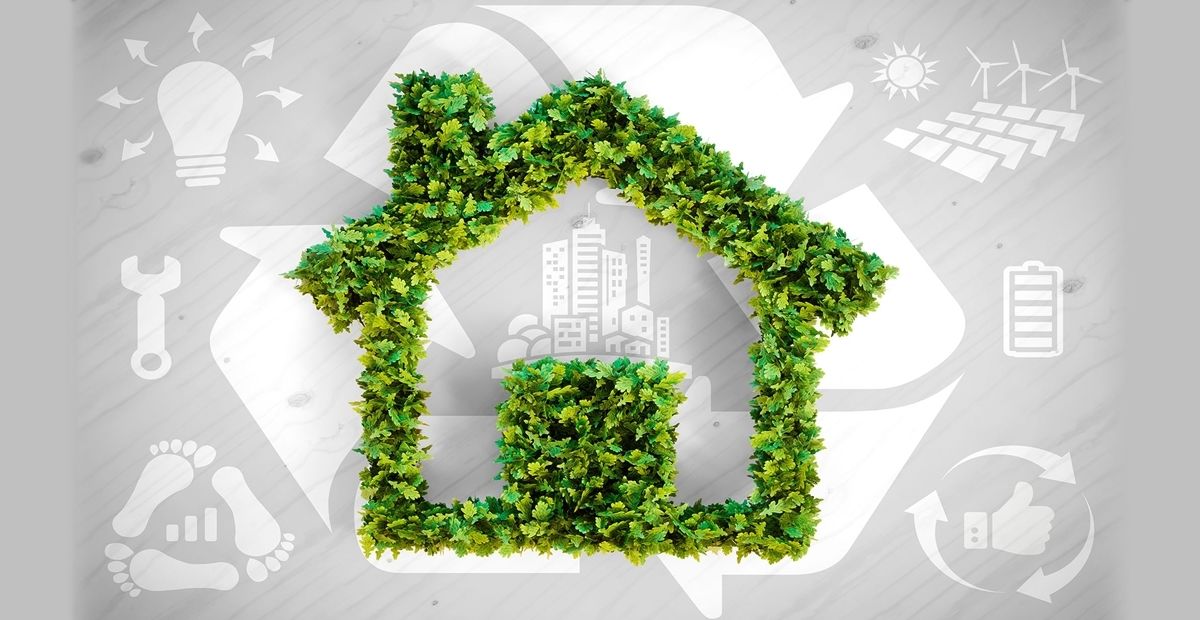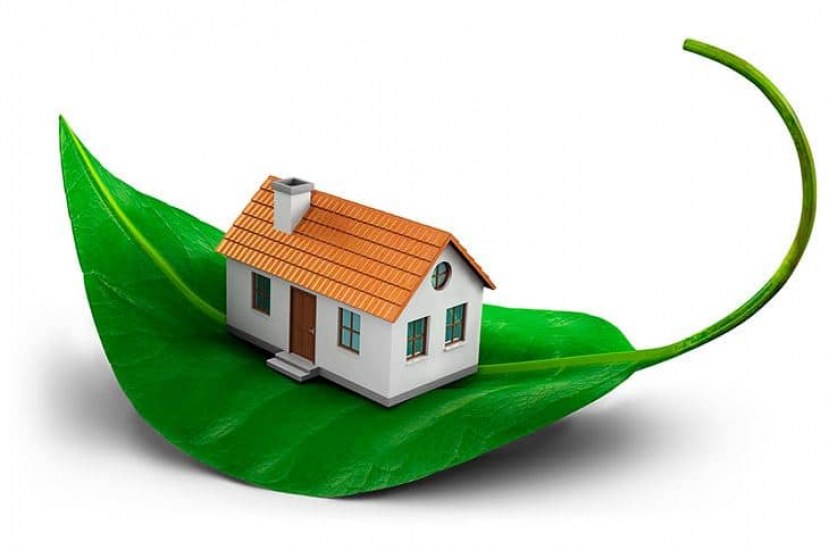Choosing to go green saves a lot of energy that goes to waste in the production and manufacturing of materials that require too much power. Such energy affects the environment through carbon emissions released into the air, causing pollution. Eco-friendly designs and materials in buildings reduce energy consumption by decreasing energy input for purposes such as light, cooling, and heating. The energy saved also means that money is saved, mainly because fossil fuel consumption continues to rise. Reviewsbird has some great insight into how eco-friendly materials can be used for the building, including information about handyman services and how qualified they are. Eco-friendly building materials vary according to the house design’s preference, with a few building materials listed as pointers for green fanatics.
1. Bamboo
Bamboo was historically used to build houses, particularly in most Asian parts. Currently, bamboo has become among the common materials used in the construction of homes and other offices. The tree grows faster compared to cedar or pine, which takes years to mature. Like wood, bamboo is a natural material with a high strength ratio to weight, meaning that it has a compressive strength than concrete, brick, or wood.

2. Straw Bales
Their exceptional insulating properties enable them to be used in building attics, walls, and ceilings, bringing a more relaxed environment during the summer, and in winter, the bales bring warmth to homes. The energy needed for cooling and heating the straw bales is lower than other materials making it a sustainable building material.
3. Sheep’s Wool
Sheep’s wool is known for making sweaters, socks, and other warm attire worn during winter. The benefit of the wool is that it grows faster, and its manufacture consumes less energy due to its materials’ nature. Apart from keeping people warm, sheep’s wool’s insulating nature acts as an energy-efficient material when placed in attics, walls, and ceilings. Wool is an easily installable and eco-friendly material that uses less manufacturing energy.
4. Earth
The Great Wall of China is the oldest construction that used rammed earth. The material continues to be popular, as seen in different homes. Earth is durable and creates the dramatic effects most luxury homeowners crave. Manufactured blocks from the earth are made from waste quarry materials where any mason can install them when building.

5. Solar Tiles
The hustle of solar energy is now a thing of the past since the discovery of Tesla solar tiles. The solar tiles are small and can blend with the standard roof tiles with a duo function of roof tiles and solar panels. The solar tiles come with the benefit of being easy to install and are perfect for already maintained roofs. If one also needs weatherproof tiles, solar tiles are the best option.
Eco-friendly building materials have recently stolen the spotlight in buildings. Sustainable buildings are everywhere, and more people continue to embrace the concept of building sustainable homes. The materials mentioned are just a few of the various materials in the market. One should explore their options and choose materials that will match their needs and design preference.





